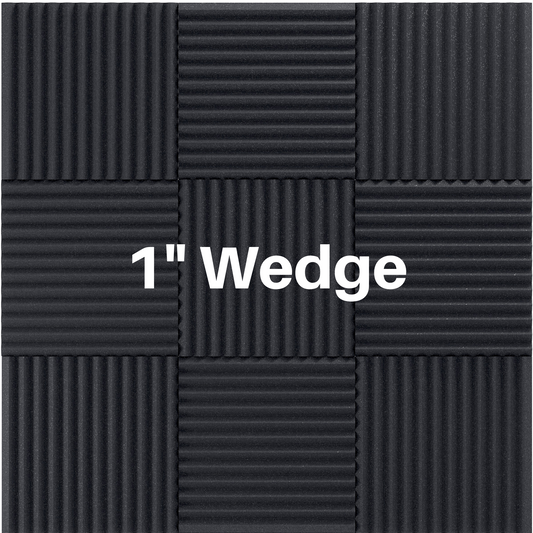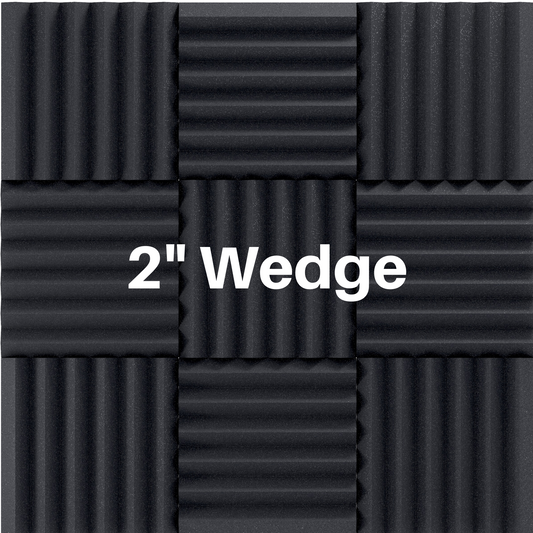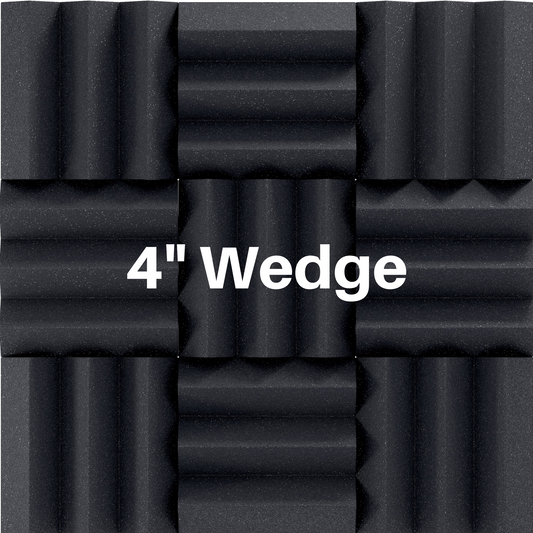Acoustic Sound VS Audio - What's The Difference?
Share
Learning the distinction between acoustics and audio is integral to studying sound production. Acoustic signals refer to sounds heard in the air or some other medium. In contrast, audio typically refers to the electrical transmission of these acoustic waves - which can't be perceived until converted back into their original form. Our experience with sound will always remain as a purely acoustic one regardless if any electronics were involved!
What’s the difference between acoustic sound and audio?
Through a captivating journey, musical notes are transformed from acoustic sound waves into electronic signals and back again as they enter listeners' ears. A microphone captures these initial frequencies before software filters manipulate them into audio, which is then emitted through speakers as acoustic sound for listeners to enjoy!

Acoustics professionals often seek to understand how sound influences a listener. This process can be described using the source-path-receiver model, where acoustic energy is emitted from a source, takes an observable path toward its recipient, and causes some reaction in them. To alter the sound experience for these receivers - whether it's amplifying or softening audio levels - adjustments must be made somewhere along this journey; at the origin point (source), pathway (environment) or the receiver itself.

Now that you understand how acoustic sound differs from audio, let's dive into the properties of sound waves!
What are the properties of sound?
- Amplitude
- Frequency
- Wavelength
- Period
Our ears constantly perceive the fluctuations in air pressure, known as atmospheric or barometric pressure. We can feel this invisible force due to the molecules of air being pulled toward Earth by gravity. It's an everyday occurrence that we don't usually notice--except when it manifests itself into sound! Our hearing relies on two parameters: amplitude and frequency; if these changes meet a certain criteria, we get to experience sound vibrations all around us!
Sound, the very essence of music and all other auditory connections to our world, is created by a fascinating cycle. Alternating between compressions - an increase in pressure above atmospheric levels -and rarefactions – a decrease below air-standard pressures - creates waves that are distinguished distinctly as pitch or loudness depending on their frequency and amplitude.
Amplitude
The distance above or below the centerline or the x-axis. The greater the distance away from the centerline the more intense the signal.
Frequency
The rate at which the signal repeats a 360 degree cycle of positive and negative amplitude over a period of time. Sound waves are calculated using a period of one second and are measured in hertz. More cycles or repeated vibrations within a given period of time indicate a higher frequency.
Wavelength
The measure of displacement over distance. Wavelength is the physical distance between the start and finish of one wave cycle and can be calculated using mathematical formulas.
Period
The measure of displacement over time.
Here are some graphs of sound waves showing the different properties of the sound waves!


Let's dive a little bit deeper into understanding sound waves, and look at the air fluctuation that happens when sound is formed!
What makes the air pressure fluctuate when sound waves are formed?
The air around us is a fascinating mix of nitrogen and oxygen molecules that bounce off each other, gently swirling into an ever-changing pattern. Unless something such as wind or movement disturbs this equilibrium, the average distance between these particles stays constant.
To produce music, we need to set the air around us into motion. When a drum is hit with mallets, they cause its skin to vibrate rapidly at an exact frequency; this stirring of particles produces acoustic sound!
As the drum head moves into one direction, the air molecules are pushed together, resulting in compression. As it reverses direction, the air molecules spread farther apart to fill the newly empty space, creating a rarefaction.
Vibration of Molecules
The reverberations of sound travel along an intricate chain reaction, created by the vibrational energy released in every compression and rarefaction. As these microscopic disturbances pass through air molecules, they create a series of ripples that continue to spread until eventually becoming too weak for us to hear - resulting in what we know as waves; which allow sounds from their source to be heard by others. The sound persists until the random motion of the molecules in the air is stronger than this forced motion of the sound wave.
What type of wave is a sound wave?
Sound waves are called longitudinal waves because the molecular displacement is in the same direction as the propagation. Sound waves are known for vibrating in the same direction they travel, a phenomenon which distinguishes them from other types of waves. These longitudinal vibrations cause molecules to move together and give rise to everything we hear - music, conversations, even the wind whistling through trees!
That's all for now! We will talk about graphing sound waves and some other topics soon so stay tuned! Sign up for our email list in the footer of this page to get updates on new articles and product releases! Cheers!





1 comment
Thank you for sharing this insightful post. I found it to be engaging and informative, and I appreciated the unique perspective that you offered. Keep up the excellent work.